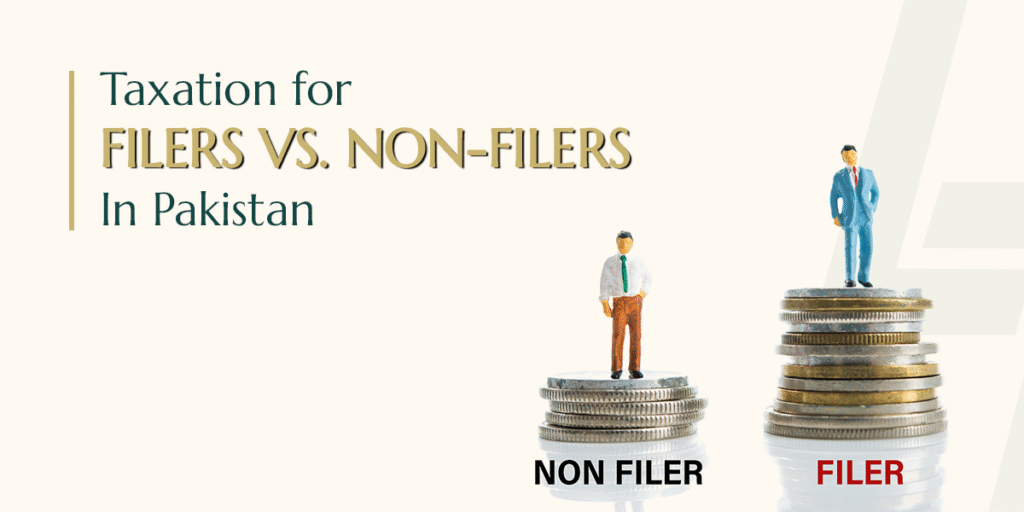The Pakistani real estate market continues to be one of the best investments, with high potential for profit and growth. Individuals from different fields invest in property to gain wealth, whether by purchasing and selling land, leasing buildings, or constructing commercial ventures. However, the government has been implementing reforms in real estate taxes in order to better control the market and generate revenue.
In 2025, a small change came in the form of new tax policies that affect property investors, sellers, and buyers. The aim of these tax reforms is to affect market subtlety, enhance its stability, eliminate illegal transactions, and encourage long-term investments. Such updates are important for any real estate player to avoid penalties, comply, and make intelligent financial decisions.
This blog will bring into your knowledge the core real estate taxes of Pakistan and how these new changes are affecting the market. Further in this blog, we will provide useful tips to property owners and investors about these newly introduced taxes. Whether you are a first-time buyer or a seasoned investor, getting to know these new tax changes will help you to make more informed investment decisions.
Major Real Estate Taxes in Pakistan

The real estate transactions in Pakistan are subject to a variety of taxation at Federal and Provincial level. These taxes play a crucial role in the market, generating revenue for the government, and a deterrent in speculative trading. Some major real estate taxes include Capital Gains Tax (CGT), Withholding Tax (WHT), Stamp Duty, and Property Tax. For buyers, sellers, and investors, an understanding of the taxation scheme is vital to make informed choices and fulfill legal obligations.
1. Capital Gains Tax (CGT)
Capital Gains Tax is applied to the profit earned from selling a property. The updated tax rates for 2025 are as follows:
- Properties held for less than one year: 15% CGT
- Properties held between 1-2 years: 12.5% CGT
- Properties held between 2-3 years: 10% CGT
- Properties held beyond 3 years: Exempt from CGT
This change encourages long-term investments and discourages speculative buying and selling.
2. Capital Value Tax (CVT):
The Capital Value Tax will apply to the value of immovable properties at the time of purchase. In 2025 the CVT rate was increased to 2% of the total value of property, which applies to commercial and residential properties.
3. Withholding Tax (WHT)
Withholding Tax is not applicable on the sale and purchase of property but varies for tax filers and non-filers:
- For tax filers: 1% on purchase, 1% on sale
- For non-filers: 3% on purchase, 3% on sale
- This amendment strives to draw a large number of people toward registration for tax-filing purposes.

4. Federal Excise Duty (FED) on Real Estate Transactions
A new Federal Excise Duty of 1% has been introduced on real estate transactions exceeding PKR 50 million. This measure is intended to generate revenue from high-value property deals.
5. Stamp Duty & Registration Fees
Stamp duty and registration fees differ across provinces. However, the revised standard rates in 2025 are:
- Stamp Duty: 3% of the property’s declared value
- Registration Fees: 1% of the property’s declared value
These costs add to the overall transaction expenses for buyers and sellers.
Impact of New Tax Policies on Real Estate
The updated tax policies are expected to reshape the real estate market in several ways:
1. Less speculative trading
On the one hand, the larger capital gains tax discourages buying and selling real estate as a short-term investment. This results in lower speculation in the market and protection against artificially inflated prices.
2. Greater transparency
The imposition of stricter tax and documentation regulations tends to legitimize property transactions, making them above board and reducing the opportunity for fraud and tax evasion.
3. Encouragement for Long-Term Investments
Encouragement for Long-Term Investment Holding was put in place to prompt owners to maintain ownership and thus reduce the volatility or instability of the market. Properties are exempt from capital gains tax if they are held for over three years.
4. Market Stability
With fewer short-term transactions, property prices are expected to stabilize, making it easier for genuine buyers and investors to enter the market without fear of inflated property rates.
5. Burden on High-Value Transactions
The introduction of Federal Excise Duty and higher WHT rates for non-filers makes luxury property investments more expensive, targeting wealthier individuals while pushing for greater tax compliance.
Taxation for Filers vs. Non-Filers in Pakistan

Heavier taxation for non-filers is the government’s strategy to foster tax compliance. The following are the implications for tax filers and non-filers:
Filers– Lower tax rates include lower withholding tax and transaction levies. They pay less tax.
Non-Filers: On the other hand, they are subject to exorbitantly higher taxes that further raise the cost of investing in property while encouraging them to comply with the tax system.
Government Incentives: In a move to lure more tax filers, the government has made tax documentation much simpler as well as made provisions for online tax filings.
Government’s Objective Behind Tax Changes
The revised taxation policies align with the government’s broader economic goals, including:
1. Boosting Tax Revenues
The billions that Pakistan’s real estate sector generates have not made much difference in tax compliance by the sector. The new tax policies expressed in these documents are meant to increase revenue for the government by enhancing transparency and collection.
2. Reducing Speculative Investment
Short-term investors have been driving up property prices through speculative buying and selling. By increasing CGT on short-term holdings, the government aims to curb excessive speculation.
3. Encouraging Legal Transactions
The property market has been notorious for unregulated real transactions as well as underreported property values. Stricter tax regulations ensure that the documentation is in order and adheres to the legal standards.
4. Widening the Tax Net
The government intends to get a lot more property owners into the formal tax system through higher taxes on those who do not file taxes at the end of the year and rewards for those taxpayers who comply.
Strategies for Real Estate Investors & Buyers

To navigate the new tax environment, real estate investors and buyers can ad opt these strategies:
1. Register as a Tax Filer
Tax filers enjoy lower transaction costs and Withholding Tax rates. Registering as a tax filer significantly reduces financial burdens when buying or selling property.
2. Focus on Long-Term Investments
Holding properties for over three years ensures exemption from CGT, making long-term investment a more profitable option.
3. Consult Tax Professionals
It is critical for a better understanding of the multifaceted tax environment. Consulting tax advisors enables investors to secure liability minimization and compliance.
4. Verify Property Valuations
Prevention of overtaxing happens with accurate property valuation. Buyers and sellers should ensure that what is declared on the certificate must match the current market rates.
5. Stay Updated on Legal Changes
Regarding the real estate tax architecture changes continually. Keeping oneself along with all policies, FBR notifications, and province-wise tax changes helps to keep investors in the know.
6. Diversify Investments
Instead of focusing solely on short-term gains, investors should consider diversifying their real estate portfolios by investing in both commercial and residential properties in stable markets.
Conclusion
The updated real estate taxes in Pakistan for 2025 aims to Generally regulate property markets, increase government revenue, and promote long-term investment through the new fees. Investors, buyers, and developers must remain updated with these changes so that they can optimize their financial strategies and stay compliant. Stakeholders in real estate can effectively navigate changing landscapes by understanding the taxation impact and implementing the right strategies

